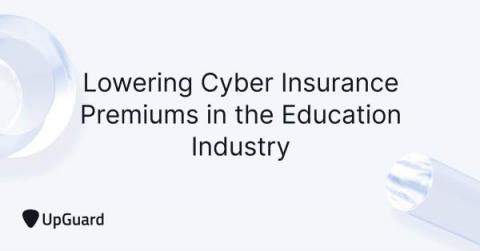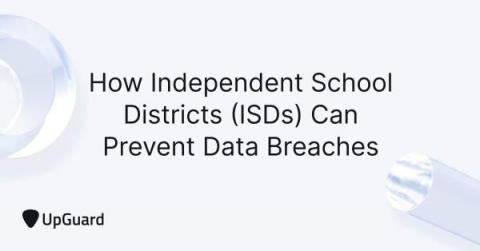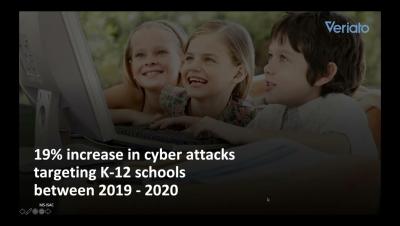Protecting K-12 Student Data and Complying With Privacy Standards Requires a Comprehensive Security Solution
The education systems, including K-12 school institutions, are in the crosshairs of increasingly frequent and sophisticated cyberattacks. In just one month of 2021, educational organizations suffered more than 5.8 million malware incidents. Teachers, administrators and students are also targets as they use various devices such as laptops and smartphones to browse social media or send messages with friends and family.










